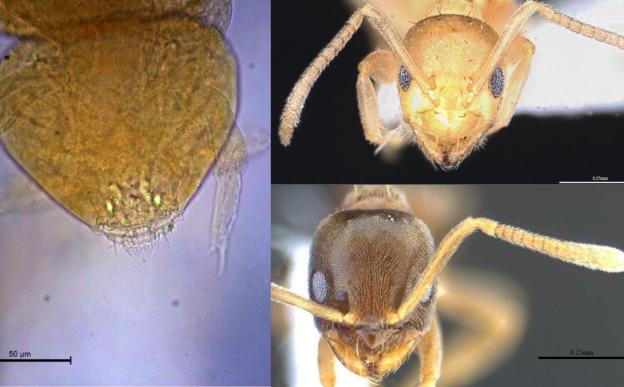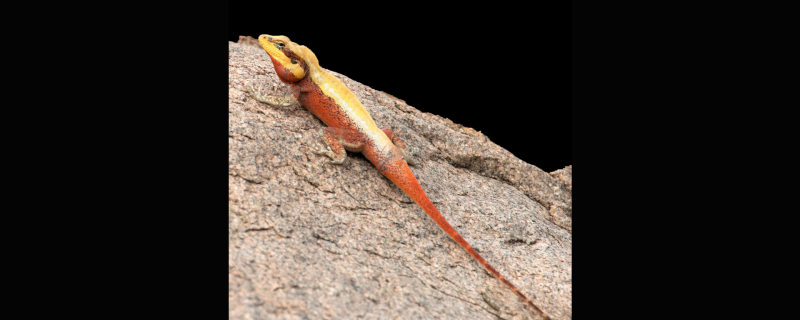Researchers at IISc, Bengaluru, claims that wind turbines, installed to harness renewable energy from the wind, are instead creating deleterious effects on predatory birds and their prey.
Three new species discovered in the Himalayas: a new springtail from Sikkim and 2 new ants from Assam.
Sikkim/











